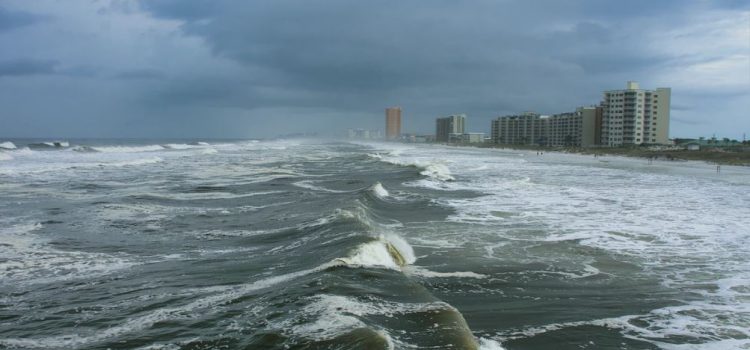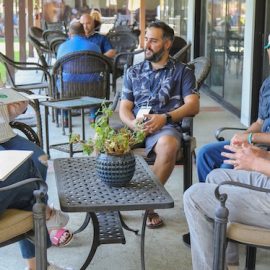
This is a free excerpt from one of Shortform’s Articles. We give you all the important information you need to know about current events and more.
Don't miss out on the whole story. Sign up for a free trial here .
Why is it a bad idea to buy a house in California or Florida right now? How is climate change affecting insurance?
A growing number of US home insurers are limiting coverage, raising rates, and pulling out of states entirely as climate change-related natural disasters grow in frequency and intensity. Failure to address the problem will further destabilize already weakened insurance markets.
Here’s what you need to know about climate change, insurance, and the housing market if you’re considering investing in property.
Climate Change and Insurance
On May 26, State Farm, announced it would stop selling new policies to homeowners in California due to factors “beyond their control,” including climate change and historically high rebuilding and reinsurance costs. The announcement came as a growing number of US home insurers limit coverage, raise rates, and pull out of states entirely as natural disasters grow in frequency and intensity.
Let’s look at climate change’s insurance effects on homes, specifically in Florida and California.
California’s Wildfires
California has experienced record-setting wildfires in recent years, with eight of the biggest fires in US history and three of the top five most deadly since 2017. The state has seen almost 1,400 fires burn nearly 3,000 acres so far this year. In 2022, 7,490 wildfires destroyed 362,000 acres.
In the wake of the devastation, a growing number of insurers are discontinuing or restricting coverage in the state—saying they can no longer afford to pick up the tab for severely damaged properties in natural disaster-prone areas.
Florida’s Hurricanes
Large homeowner insurers aren’t withdrawing just from California—they’ve been doing it across the US in states encountering more frequent and intense weather events. And experts say the decades-long deterioration of Florida’s storm-battered insurance market offers a troubling preview of problems that lie ahead for the country at large:
- Between 2004 and 2005, three of the US’s 10 most expensive storms in history hit the state. Facing substantial losses, State Farm and other large insurers stopped offering home policies to Florida residents.
- 2017 marked the beginning of the end for how homeowner insurers traditionally operated in Florida: In previous decades, periods of calm followed damaging storms, giving insurers enough time to replenish their coffers after paying out claims. But back-to-back storms in recent years depleted many insurers’ reserves and forced survivors to hike rates to compensate for ongoing losses.
Florida’s Insurance: Hard to Obtain and Expensive
For the past two decades, most national insurers have avoided Florida—not only because of the high risk of storm damage, but also because the state’s tort laws encourage lawsuits: 80% of all insurance-related litigation in the US happens in Florida. (The state was on pace to hit 130,000 property claim lawsuits in 2022 even before Ian hit—compare that to the 3,500 that were filed in much-larger California in 2021.)
The bulk of the private insurance market in the state is thus serviced by small, local companies with limited funding. These have struggled: Six of them declared bankruptcy in 2022, well before Hurricane Ian. Some others have stopped writing policies. This lack of options, coupled with high levels of risk, has left Floridians with expensive premiums. Residents pay almost three times the national average for their yearly home insurance ($4,231 versus $1,544).
Looking Ahead
Some economists say the federal government must take steps now to respond to the dire situation unfolding.
They further contend that Americans who choose to buy homes in areas particularly vulnerable to weather damage should pay higher insurance premiums than Americans in lower-risk parts of the country. This would shield policyholders in lower-risk areas from shouldering financial burdens not of their choosing.
Other economists, however, say that allowing Americans to live in uninsurable homes simply isn’t sustainable: To keep insurance affordable and Americans safe from natural disasters, policymakers should consider purchasing properties in high-risk areas and relocating residents living there.

Want to fast-track your learning? With Shortform, you’ll gain insights you won't find anywhere else .
Here's what you’ll get when you sign up for Shortform :
- Complicated ideas explained in simple and concise ways
- Smart analysis that connects what you’re reading to other key concepts
- Writing with zero fluff because we know how important your time is






